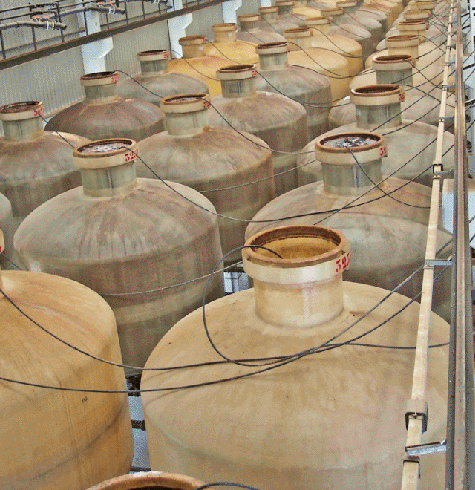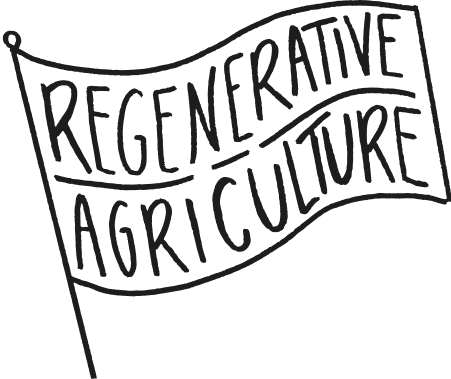What is Regenerative Agriculture?
Regenerative Agriculture is a holistic land management practice that leverages the power of photosynthesis in plants to close the carbon cycle, and build soil health, crop resilience and nutrient density.
Big Picture Foods exclusively grows Regenerative
The benefits of having rich, healthy soil for growing our food is to improve the overall health of people and the planet - The Big Picture!
-

More Nutritious Food
Conventional farming has depleted soil nutrient content and quality for decades. This means that food grown in conventional soil has fewer nutrients — vitamins, minerals, and phytonutrients. According to experts, you’d need to eat as many as 26 apples in 2021 to get the same nutritional value as one apple grown in 1970! Big Picture farmers are restoring soil quality and nutrient value to bring nutrient-dense foods to more people.
-

Restored Soil
The health of our soil is vital for maintaining the health of our plants (and our food). The effects of improving soil health reach far beyond healthier plants and people. Focusing on soil heath allows farmers to naturally maximize yields and overall crop health naturally, without the use of synthetic inputs. Regenerative organic agriculture not only maximizes crop health and yield but maintains those yields over time.
-

A Safer Climate
Plants naturally draw down CO2 from the atmosphere through photosynthesis and store it in the soil. Conventional farming practices, like tilling and monoculture, disrupt this system, releasing the CO2 back into the atmosphere as well as depleting the soil. When industrial practices are replaced with regenerative ones, it can reboot the natural cycle of removing carbon from the air by keeping it (sequestering it) in the ground.
Discover our collection
-
Green Amfissa / Whole
Regular price $5.99 USDRegular priceUnit price per -
Greek Mix / Whole
Regular price $5.99 USDRegular priceUnit price per -
Kalamata / Whole
Regular price $5.99 USDRegular priceUnit price per -
Green Amfissa / Pitted
Regular price $5.99 USDRegular priceUnit price per








